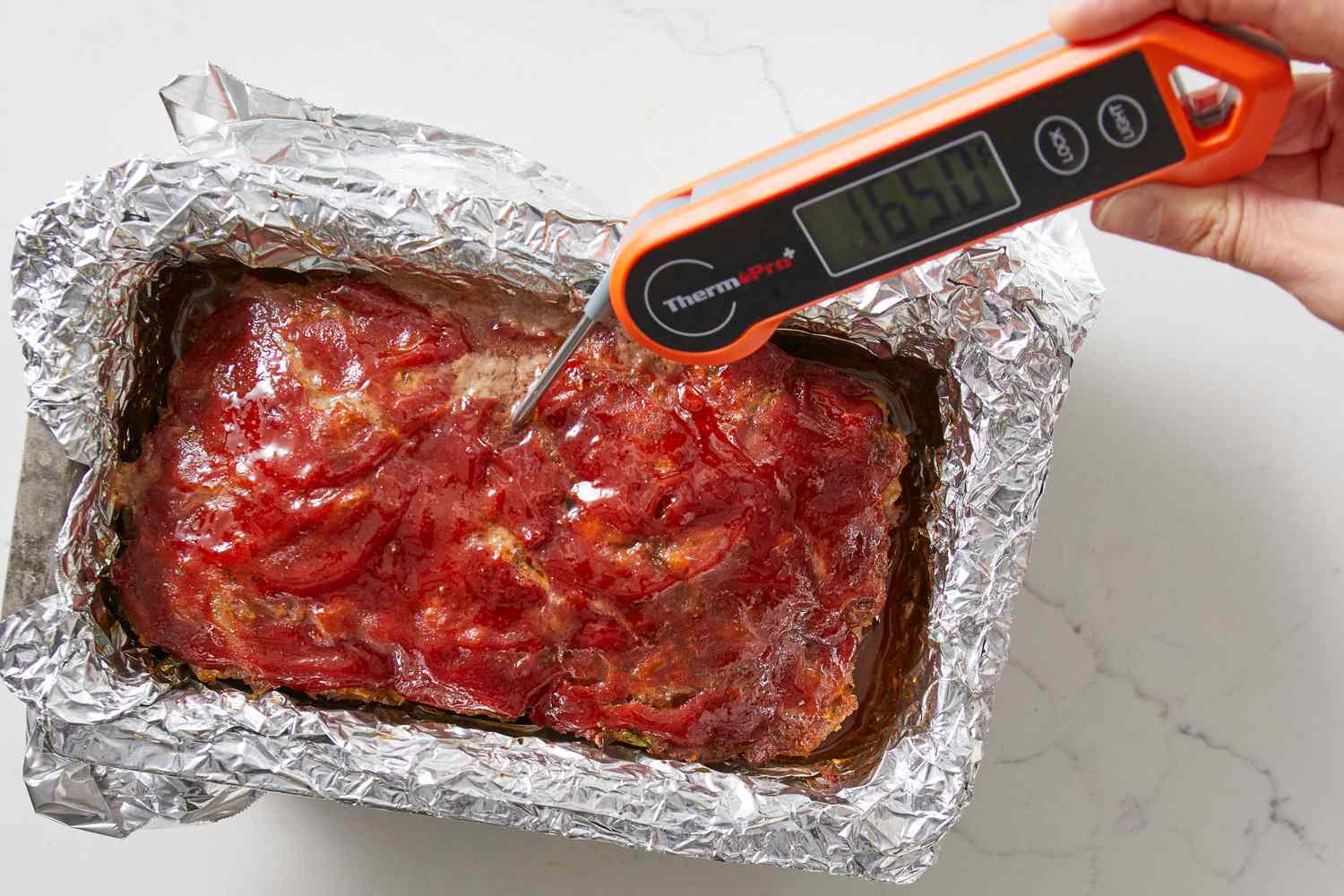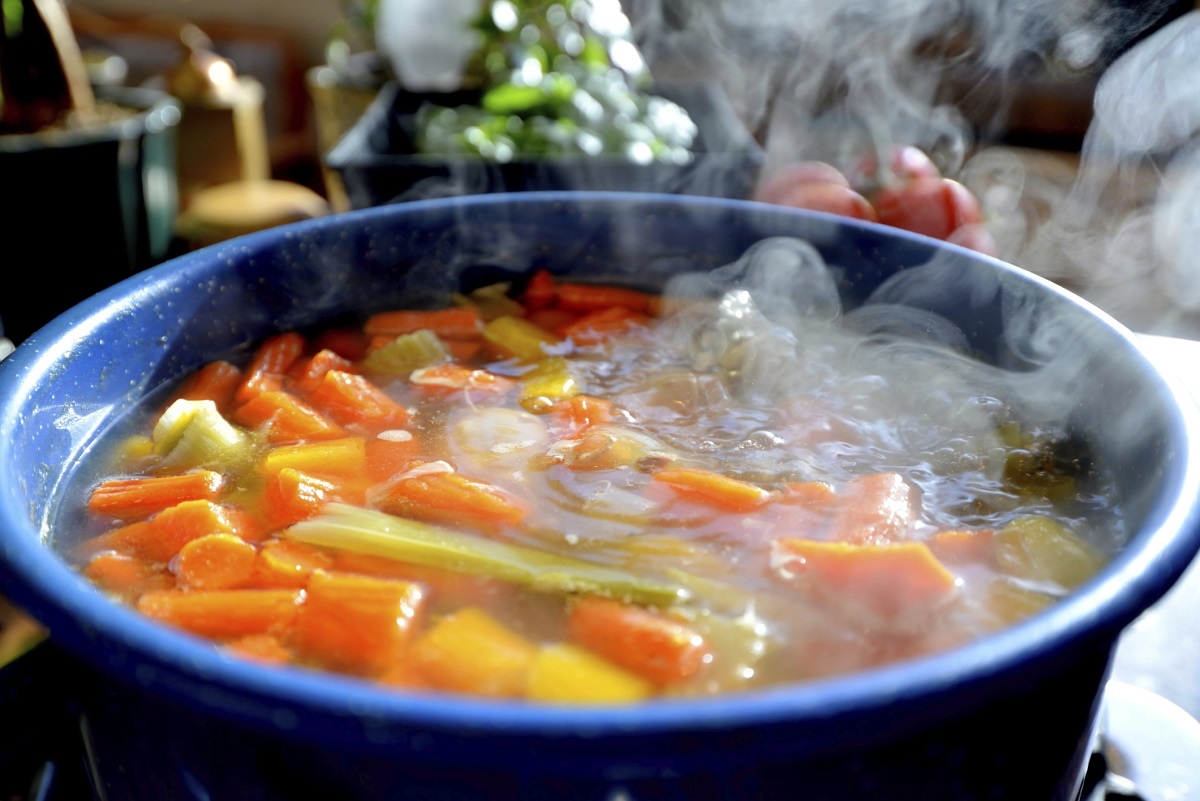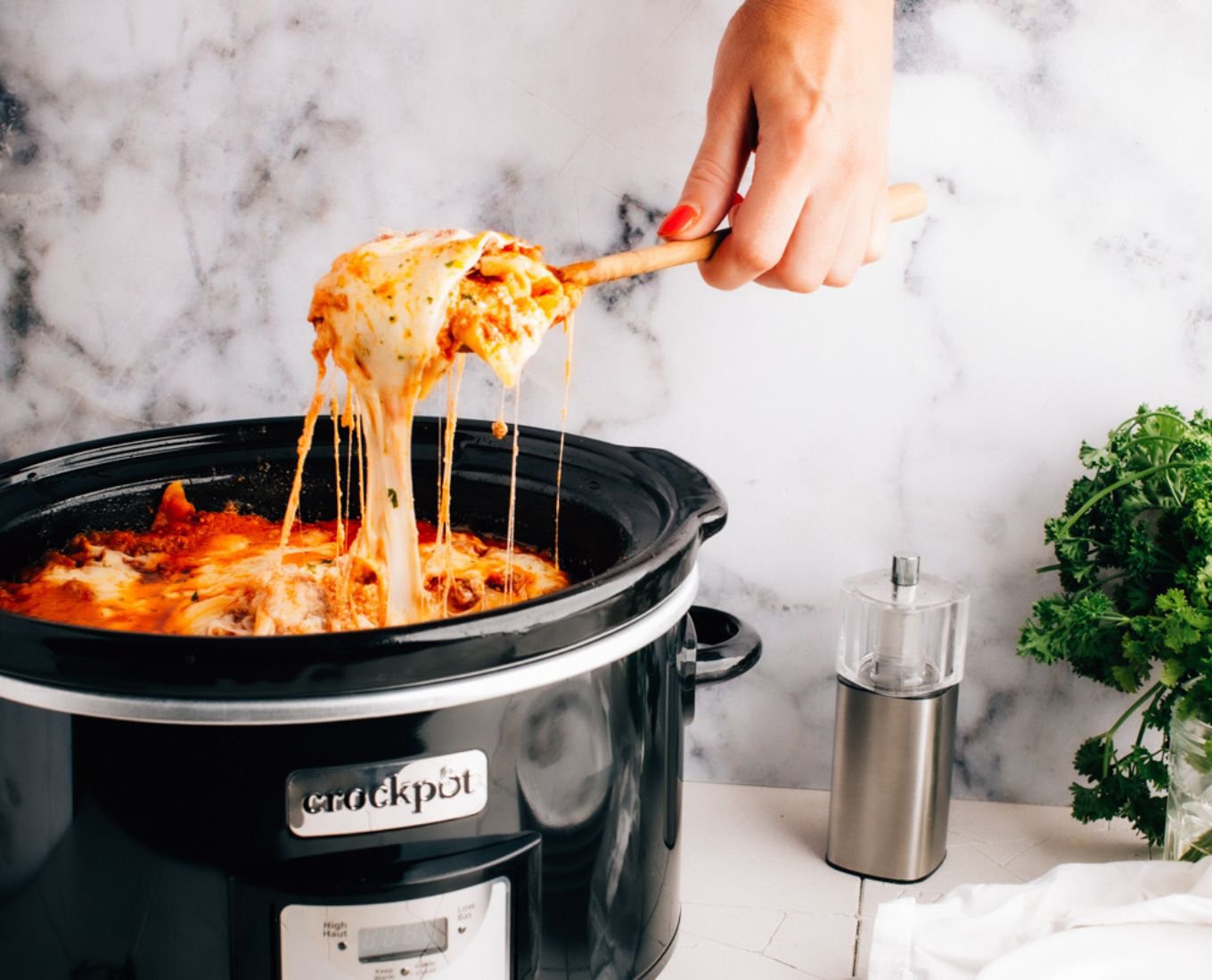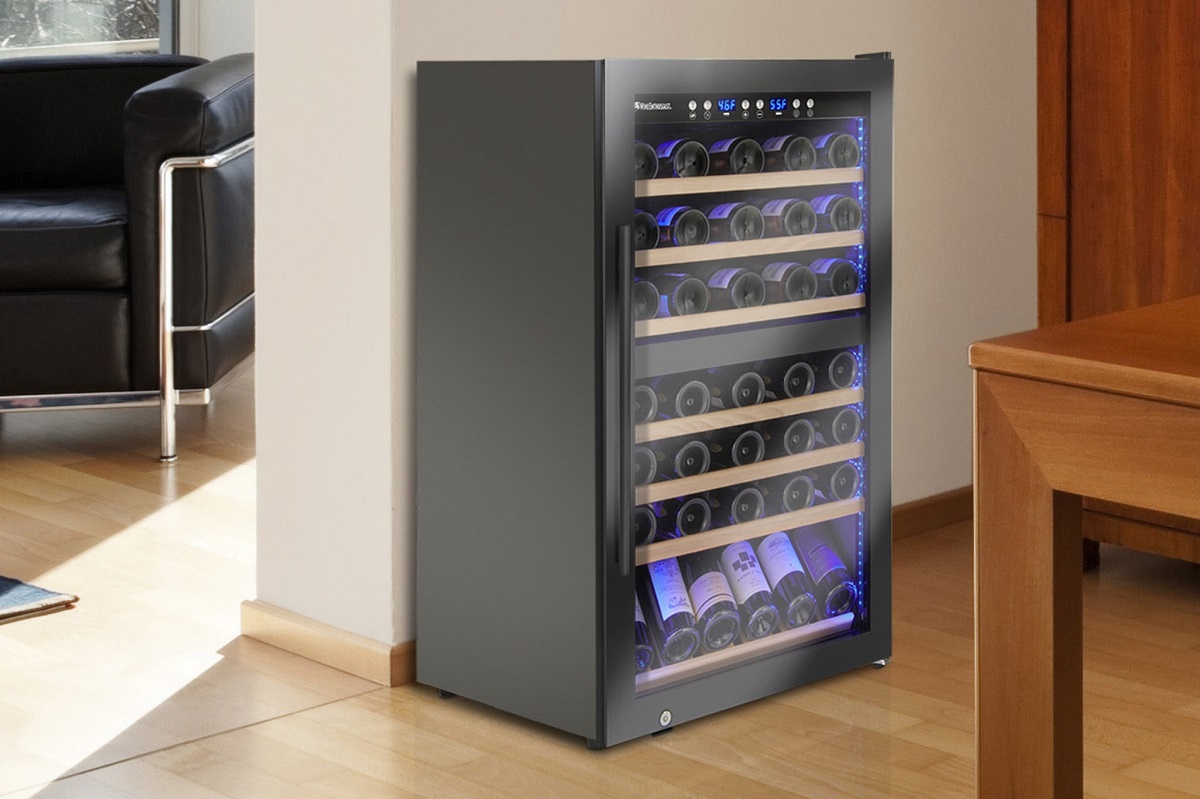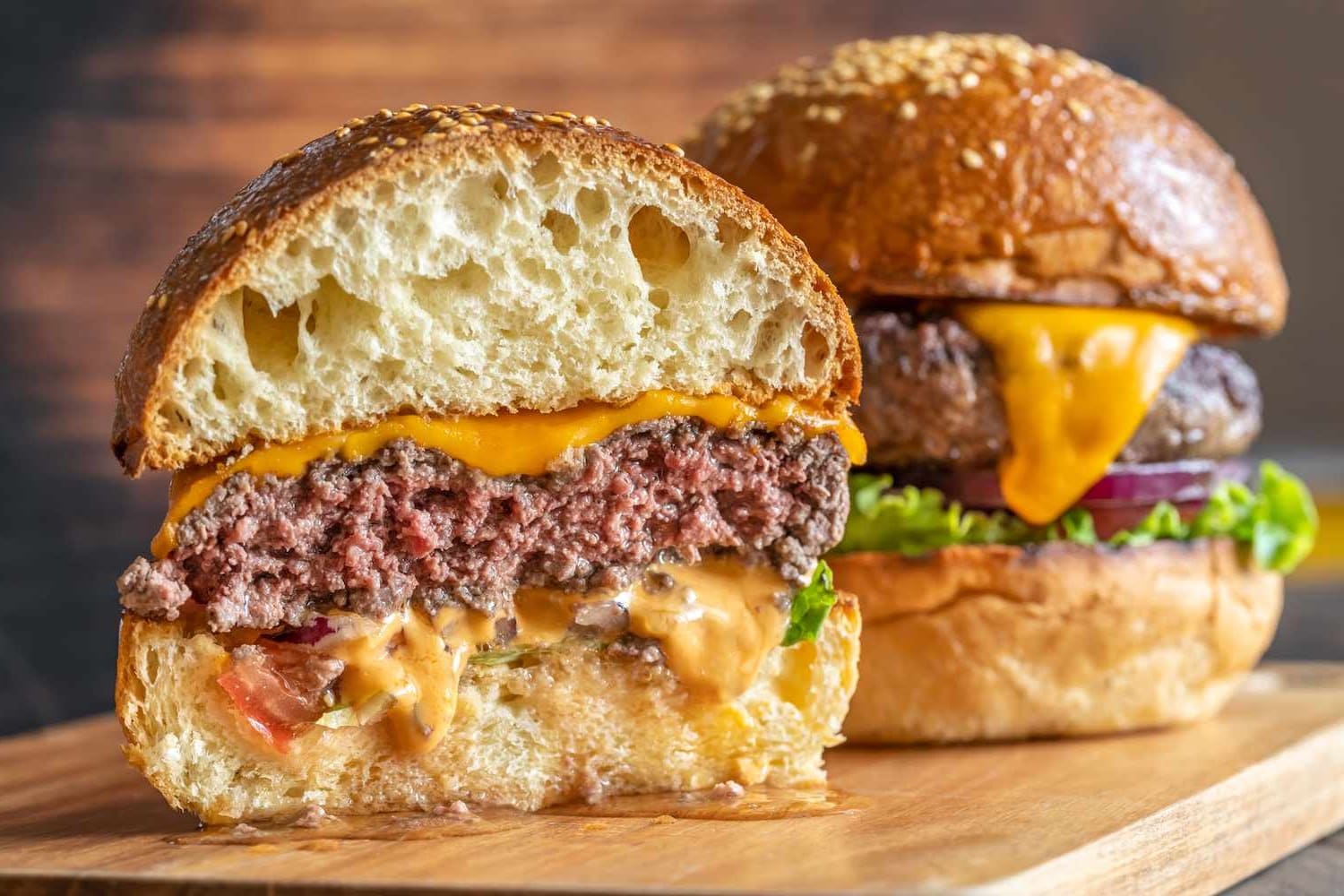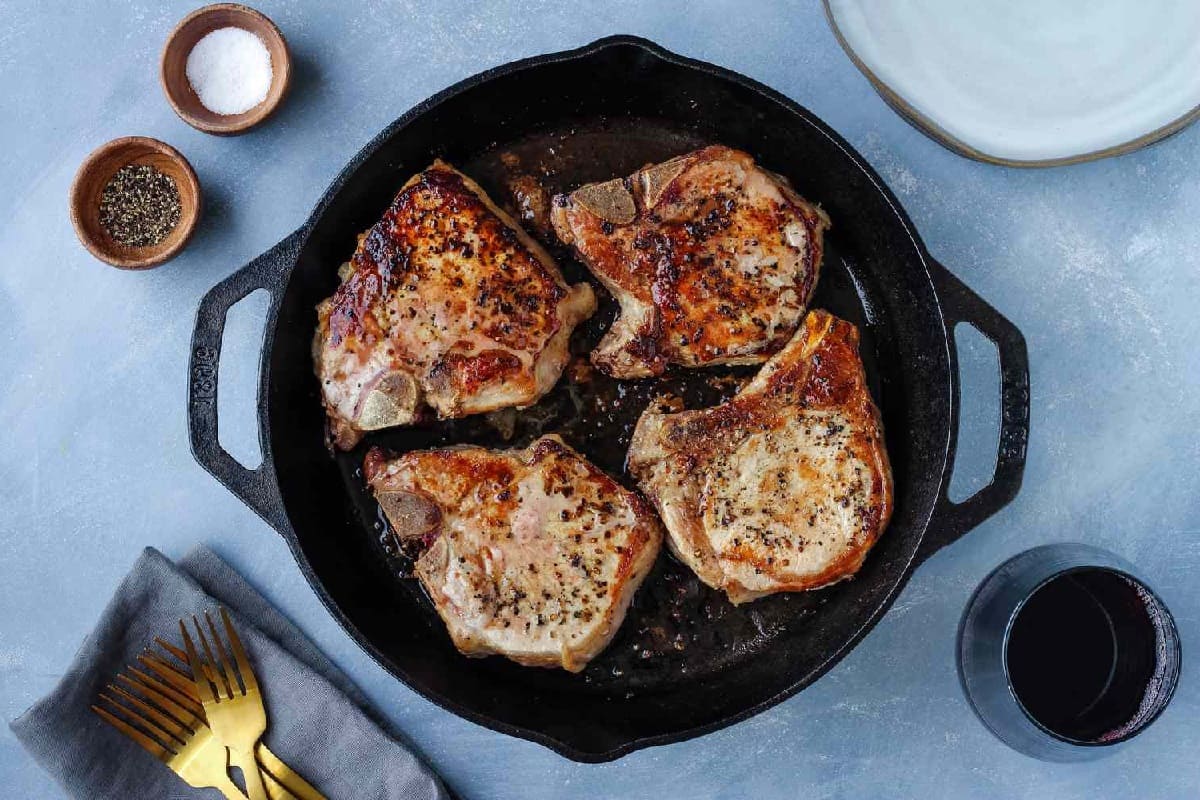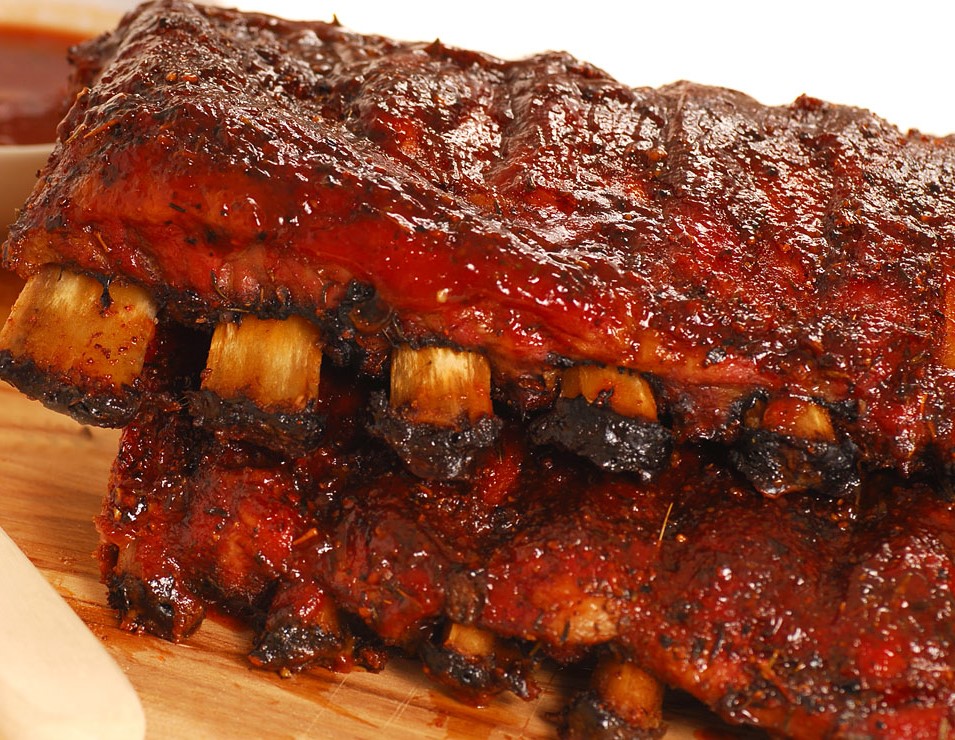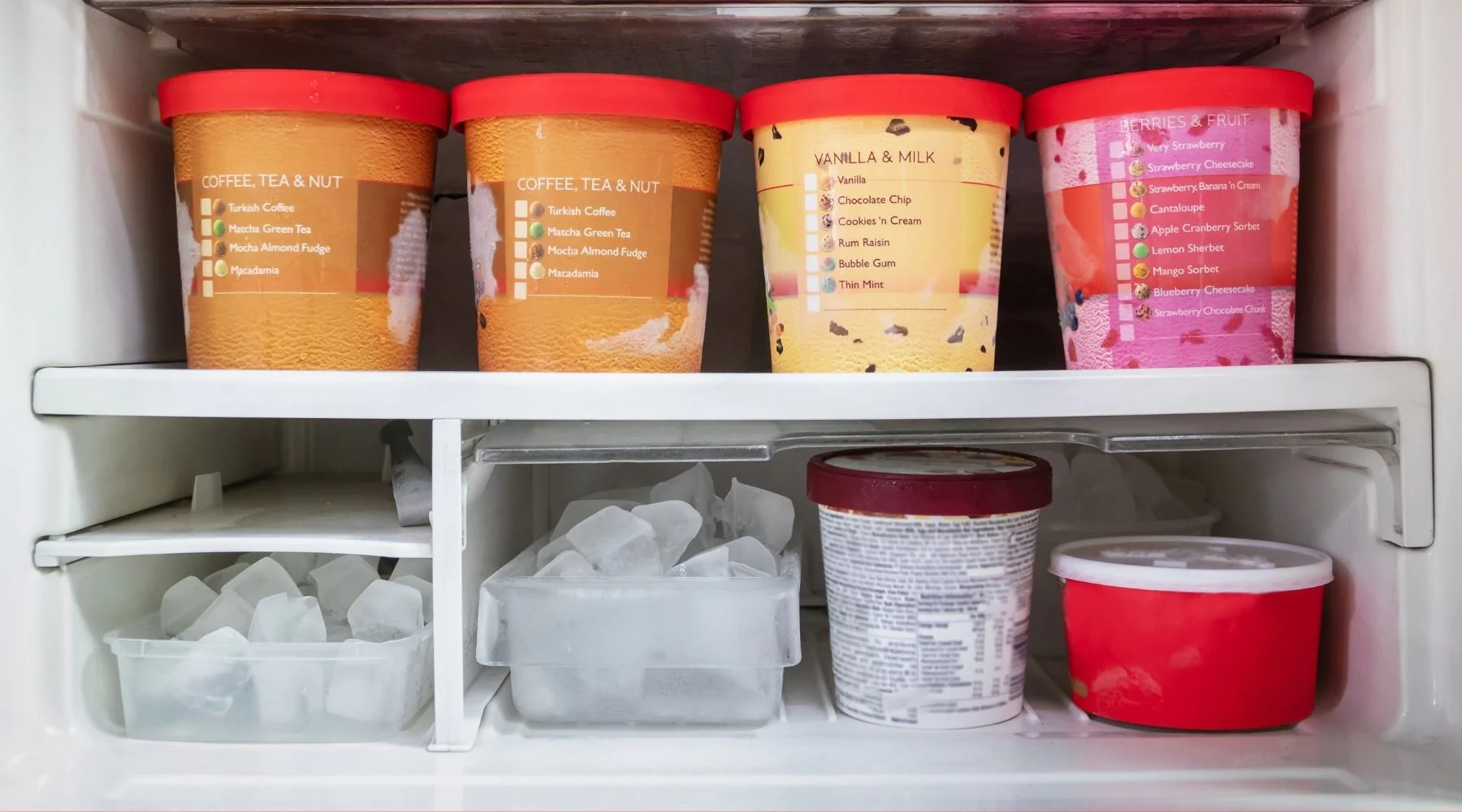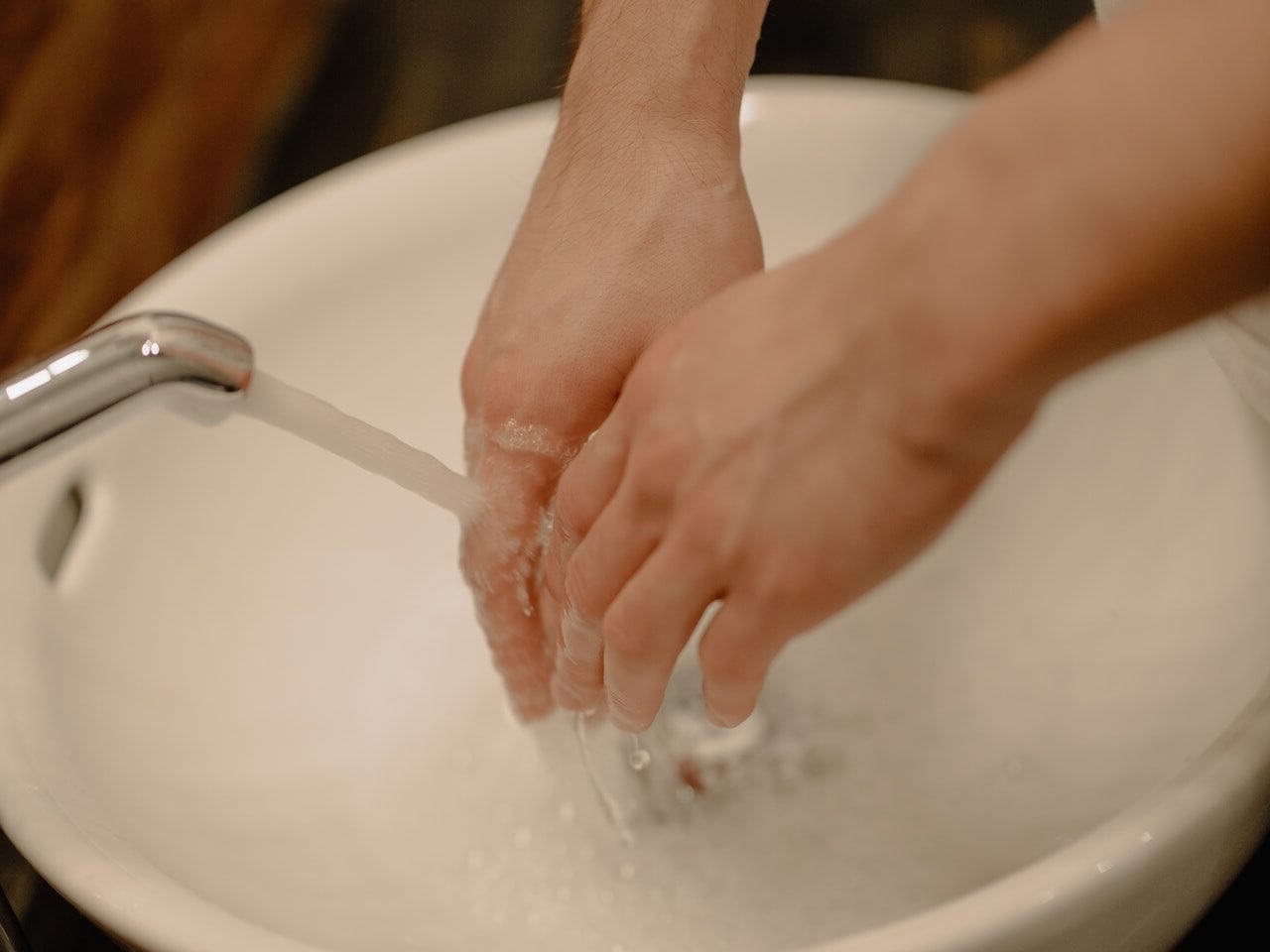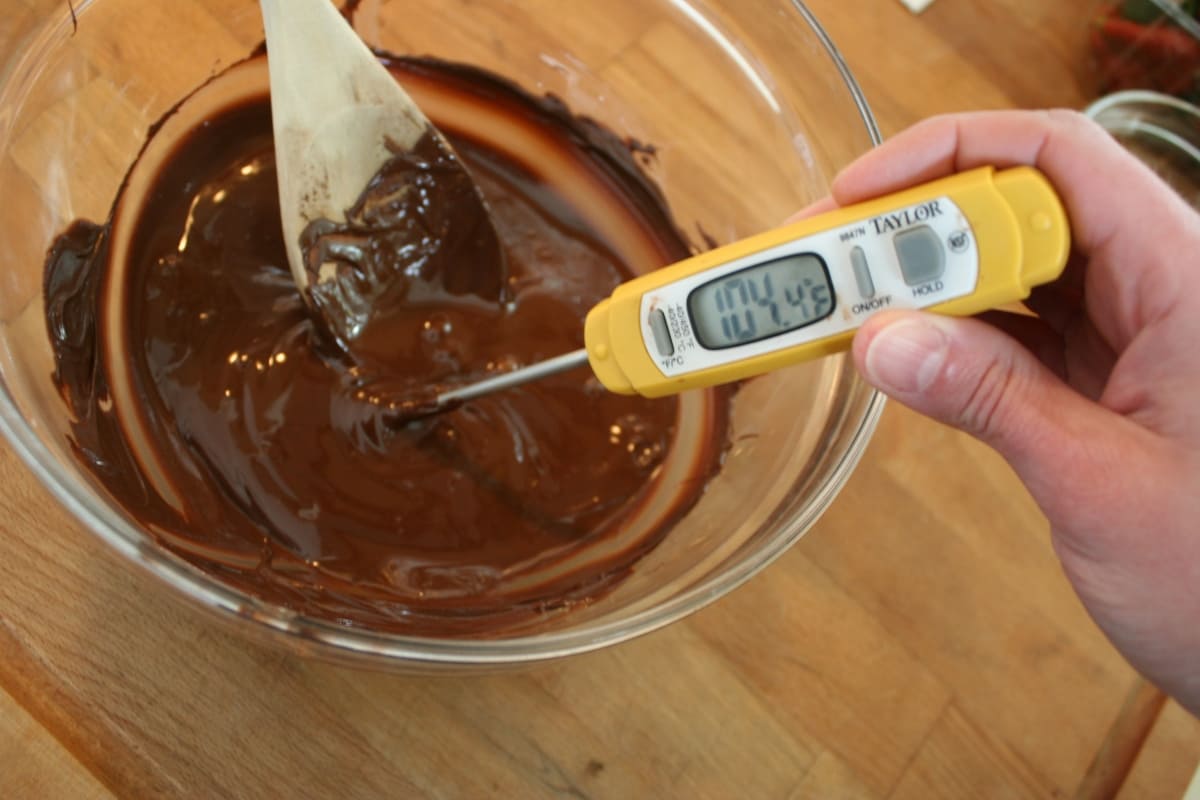Home>Culinary & Beverages>Optimal Temperature For Baking Bread
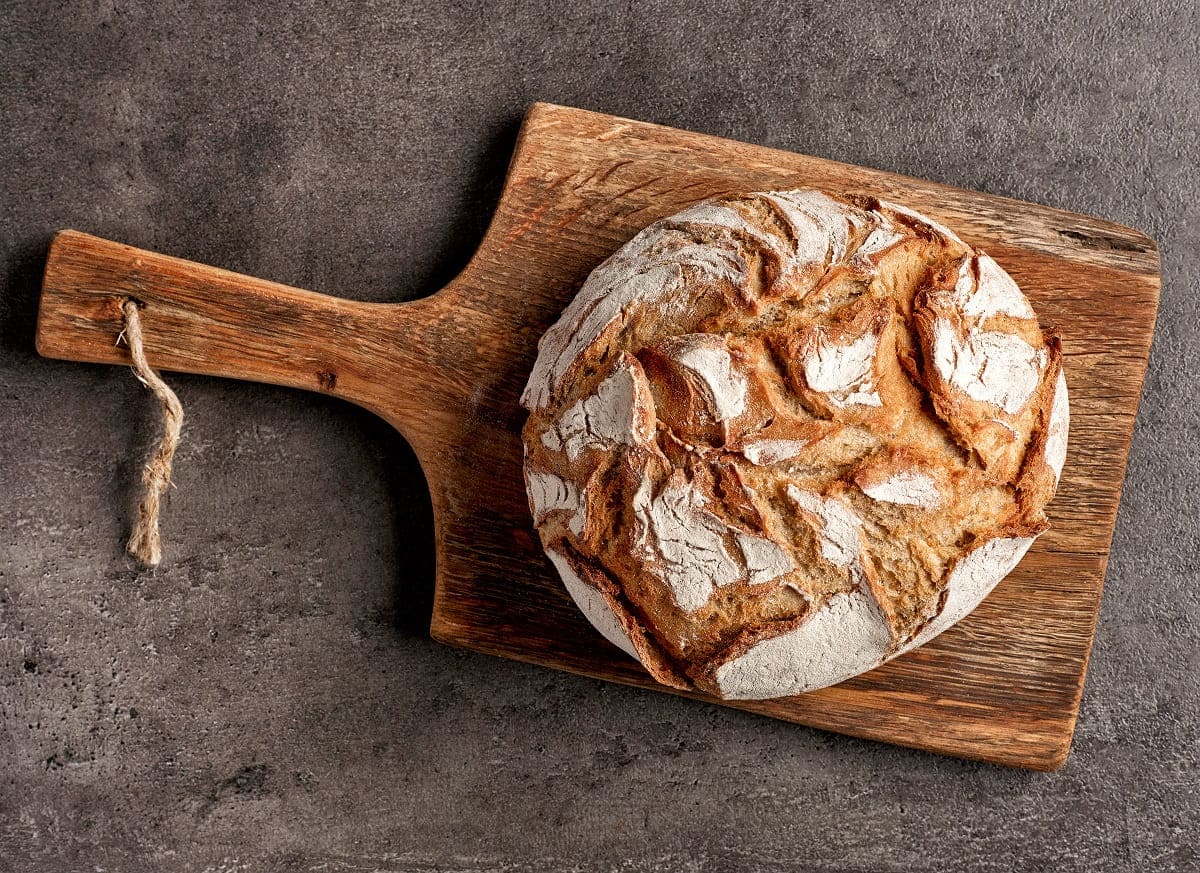

Culinary & Beverages
Optimal Temperature For Baking Bread
Published: February 21, 2024
Discover the ideal baking temperature for delicious homemade bread with expert tips from the culinary and beverages industry. Achieve perfect results every time!
(Many of the links in this article redirect to a specific reviewed product. Your purchase of these products through affiliate links helps to generate commission for Temperatures.com, at no extra cost. Learn more)
Table of Contents
Introduction
Baking bread is a time-honored tradition that has been cherished for centuries. The art of transforming simple ingredients like flour, water, yeast, and salt into a fragrant, golden loaf is a testament to the magic of baking. However, achieving the perfect loaf of bread is not just about the ingredients and the baking process; it also hinges on the pivotal factor of temperature.
Temperature plays a crucial role in every stage of bread making, from proofing the dough to the final bake. The delicate balance of warmth and heat dictates the rise, texture, and flavor of the finished product. Understanding the optimal temperature for baking bread is essential for both novice and seasoned bakers alike.
In this comprehensive guide, we will delve into the intricate relationship between temperature and bread baking. We will explore the impact of temperature on the fermentation process, the ideal conditions for proofing dough, and the best baking temperatures for various types of bread. Additionally, we will provide valuable tips to help you achieve and maintain the optimal baking temperature, ensuring that your bread emerges from the oven with a perfect crust and a soft, airy crumb.
Join us on this journey as we unravel the secrets of temperature in bread baking, empowering you to elevate your baking skills and savor the unparalleled delight of freshly baked bread.
Importance of Temperature in Bread Baking
Temperature is a fundamental element in the alchemy of bread baking, exerting a profound influence on the entire process, from the initial mixing of ingredients to the final emergence of a perfectly baked loaf. The impact of temperature is particularly pronounced during the fermentation and proofing stages, where the interplay of warmth and heat orchestrates the transformation of raw dough into a delectable masterpiece.
During the fermentation process, temperature serves as a catalyst for the activation of yeast, the microorganism responsible for leavening the bread. Optimal fermentation temperature allows the yeast to thrive, leading to the production of carbon dioxide gas, which in turn causes the dough to rise. This rise is crucial for developing the desired texture and structure of the bread, as well as imparting the characteristic flavor that distinguishes a well-fermented loaf.
Furthermore, the proofing stage, which follows fermentation, hinges on maintaining an ideal temperature to ensure proper expansion of the dough. This phase is essential for achieving the desired volume and texture in the finished bread. The right temperature fosters the development of a strong, yet elastic gluten network, which contributes to the bread's structure and crumb. Moreover, it influences the enzymatic activity that enhances the flavor and aroma of the bread.
When it comes to the actual baking process, temperature dictates the formation of the crust and the internal structure of the bread. The initial burst of high heat triggers oven spring, causing the dough to rapidly expand and set its shape. Subsequently, the sustained heat gradually transforms the dough into a golden-brown, crusty exterior while ensuring that the interior is thoroughly baked and possesses the desired moisture content.
In essence, temperature is the silent conductor that orchestrates the symphony of flavors, textures, and aromas in bread baking. It is the invisible force that shapes the dough's journey from a humble mixture of ingredients to a tantalizing, aromatic loaf. Understanding and harnessing the power of temperature is the key to unlocking the full potential of bread baking, allowing bakers to craft exceptional loaves that delight the senses and nourish the soul.
Factors Affecting Baking Temperature
Several factors influence the baking temperature when preparing bread, each playing a crucial role in determining the optimal conditions for achieving a perfect loaf. Understanding these factors is essential for bakers seeking to master the art of bread making.
-
Type of Bread: Different types of bread require varying baking temperatures. For example, artisanal sourdough bread benefits from a higher initial baking temperature to promote oven spring and crust development, while delicate pastries and enriched breads necessitate lower temperatures to prevent excessive browning and ensure a tender crumb.
-
Oven Performance: The accuracy and reliability of the oven's temperature control significantly impact the baking process. A well-calibrated oven ensures consistent heat distribution, promoting even baking and uniform browning. Conversely, an oven with erratic temperature fluctuations can lead to unevenly baked bread with undesirable textural inconsistencies.
-
Dough Composition: The composition of the dough, including its hydration level, fat content, and sugar content, influences the baking temperature. Higher hydration doughs and those enriched with fats and sugars tend to brown more quickly, necessitating lower baking temperatures to prevent over-browning while ensuring thorough baking.
-
Baking Vessel: The choice of baking vessel, such as a Dutch oven, baking stone, or traditional loaf pan, affects the transfer of heat to the bread. Different vessels retain and distribute heat differently, impacting the rate of crust formation and overall baking time. Understanding the characteristics of each vessel is crucial for determining the appropriate baking temperature.
-
Desired Texture and Crust: The desired texture and crust of the bread also dictate the baking temperature. Crusty artisan loaves benefit from high initial temperatures to promote rapid oven spring and crust development, while softer sandwich loaves may require gentler, moderate temperatures to achieve a tender crust and even crumb.
-
Altitude and Humidity: Environmental factors, such as altitude and humidity, can influence baking temperature and time. At higher altitudes, where atmospheric pressure is lower, bread may require a higher baking temperature and longer baking time to compensate for the reduced effectiveness of leavening agents and the impact of drier air on dough hydration.
By considering these factors and making adjustments as necessary, bakers can tailor the baking temperature to suit the specific requirements of the bread being prepared, ensuring consistent and exceptional results with every batch.
Ideal Temperature for Proofing Dough
The process of proofing dough, also known as fermentation, is a critical stage in bread making that significantly impacts the texture, flavor, and overall quality of the finished loaf. Achieving the ideal temperature for proofing dough is paramount to ensuring optimal yeast activity, gluten development, and flavor enhancement.
The recommended temperature range for proofing dough typically falls between 75°F to 85°F (24°C to 29°C). Within this range, yeast activity is at its peak, facilitating robust fermentation and the production of flavorful by-products. At the lower end of the spectrum, around 75°F (24°C), the fermentation process progresses at a slightly slower pace, allowing for more nuanced flavor development and a more pronounced aroma in the finished bread. Conversely, at the higher end of the range, approximately 85°F (29°C), fermentation occurs more rapidly, resulting in a more assertive flavor profile and a slightly accelerated rise.
Maintaining a consistent and controlled proofing temperature is essential for ensuring uniform fermentation throughout the dough. Fluctuations in temperature can lead to uneven fermentation, resulting in irregular crumb structure and inconsistent flavor distribution. To achieve this, bakers often utilize proofer cabinets, warm ovens with the light on, or other temperature-controlled environments to create the ideal conditions for proofing dough.
It is important to note that different types of bread may benefit from slight variations in proofing temperature to achieve specific characteristics. For instance, artisanal sourdough bread, known for its complex flavor and open crumb structure, thrives with a longer, cooler proofing period, typically around 70°F (21°C), allowing for the development of nuanced flavors and a more irregular crumb. On the other hand, enriched breads, such as brioche or challah, may benefit from a slightly warmer proofing temperature, around 80°F (27°C), to encourage a more rapid rise and the development of a tender, rich crumb.
In summary, the ideal temperature for proofing dough lies within the range of 75°F to 85°F (24°C to 29°C), with slight adjustments based on the specific characteristics desired for the bread being prepared. By carefully controlling the proofing temperature, bakers can harness the transformative power of fermentation, yielding bread with exceptional flavor, texture, and visual appeal.
Best Baking Temperature for Different Types of Bread
The optimal baking temperature for different types of bread is a pivotal factor that directly influences the texture, flavor, and appearance of the finished loaves. Understanding the ideal baking temperatures for various bread varieties empowers bakers to achieve exceptional results with each batch. Here's a comprehensive guide to the best baking temperatures for different types of bread:
Read more: Optimal Temperature For A Medium Rare Steak
Artisan Sourdough Bread
Artisan sourdough bread, renowned for its robust flavor and characteristic open crumb, benefits from a higher initial baking temperature. Preheating the oven to 450°F (232°C) and then reducing the temperature to 400°F (204°C) after placing the bread inside promotes rapid oven spring and crust development. This approach yields a beautifully caramelized crust and a well-structured crumb, enhancing the bread's rustic appeal.
Soft Sandwich Loaves
For soft sandwich loaves, such as classic white bread or whole wheat sandwich bread, a moderate baking temperature of 375°F to 400°F (190°C to 204°C) is recommended. This gentle heat allows the loaves to develop a tender, golden crust while ensuring even baking throughout. The slightly lower temperature helps prevent excessive browning, maintaining a soft, delicate crumb ideal for sandwiches and toasting.
Enriched Breads
Enriched breads, including brioche, challah, and cinnamon swirl loaves, thrive at a slightly lower baking temperature of 350°F to 375°F (177°C to 190°C). The addition of eggs, butter, and sugar in these breads necessitates a gentler heat to prevent over-browning while ensuring thorough baking. This temperature range promotes a rich, golden crust and a soft, indulgent crumb, characteristic of these delectable bread varieties.
Crusty Artisan Rolls
When baking crusty artisan rolls, such as ciabatta or French baguettes, a higher initial temperature of 450°F to 475°F (232°C to 246°C) is recommended to achieve a crisp, crackling crust. This intense heat fosters rapid oven spring, resulting in well-defined slashes and a beautifully blistered exterior. Lowering the temperature to 425°F (218°C) after the initial burst of heat allows the rolls to develop a deeply golden, artisanal crust while maintaining an airy, open crumb.
Whole Grain Breads
Whole grain breads, including multigrain loaves and hearty rye breads, benefit from a slightly higher baking temperature of 400°F to 425°F (204°C to 218°C). The additional density and moisture content of whole grains require a bit more heat to ensure thorough baking and the development of a robust crust. This temperature range promotes a deeply colored crust and a well-baked interior, accentuating the earthy flavors and hearty textures of whole grain breads.
By understanding and implementing the appropriate baking temperatures for different types of bread, bakers can elevate their craft, producing an array of exquisite loaves that cater to diverse preferences and palates.
Tips for Achieving Optimal Baking Temperature
-
Preheat the Oven: Always preheat your oven thoroughly before placing the bread inside. This ensures that the baking chamber reaches the desired temperature, allowing the bread to undergo the initial burst of heat necessary for proper oven spring and crust formation.
-
Use an Oven Thermometer: To ensure accuracy, consider using an oven thermometer to verify that the actual temperature matches the set temperature. Ovens can sometimes have variations in temperature, and an oven thermometer provides an accurate reading, enabling you to make any necessary adjustments.
-
Allow for Adequate Air Circulation: Arrange the oven racks to allow for proper air circulation around the bread. This promotes even baking and consistent browning, preventing hot spots that can lead to unevenly baked loaves.
-
Monitor the Bread Closely: Keep a watchful eye on the bread as it bakes, especially during the initial stages. This allows you to make real-time adjustments if needed, such as rotating the bread for even browning or tenting it with foil to prevent over-darkening.
-
Consider the Use of Steam: Introducing steam into the oven during the first few minutes of baking can enhance crust development. This can be achieved by placing a pan of hot water in the oven or using a spray bottle to mist the dough before it enters the oven, creating a humid environment that promotes a crisp, golden crust.
-
Invest in Quality Baking Tools: Utilize quality baking tools, such as baking stones, Dutch ovens, or cast iron skillets, to create an optimal baking environment. These tools retain and distribute heat effectively, contributing to superior crust development and overall baking performance.
-
Account for Carryover Cooking: Keep in mind that bread continues to bake after it is removed from the oven due to residual heat. Factor in this carryover cooking when determining the ideal baking duration, ensuring that the bread is not overbaked.
-
Adjust for Altitude and Humidity: If you reside at a high altitude or in a particularly humid climate, consider making adjustments to the baking temperature and time to accommodate these environmental factors. Higher altitudes may require a slightly higher baking temperature, while humid conditions may necessitate a longer baking time.
By implementing these tips, bakers can navigate the nuances of achieving optimal baking temperature, resulting in consistently exceptional loaves that boast a perfect balance of crust, crumb, and flavor.
Conclusion
In the realm of bread baking, temperature reigns as a silent yet omnipotent force, shaping the very essence of every loaf that emerges from the oven. From the delicate dance of fermentation to the transformative heat of the bake, temperature dictates the rise, texture, and flavor of bread in ways both subtle and profound. As we conclude this exploration of the optimal temperature for baking bread, it becomes abundantly clear that mastering this fundamental element is the key to unlocking the full potential of the baker's craft.
The journey through the intricate relationship between temperature and bread baking has unveiled a tapestry of insights, revealing the pivotal role of temperature at every stage of the process. From the gentle warmth that coaxes yeast to life during fermentation to the intense heat that sculpts a golden crust in the oven, temperature is the orchestrator of the symphony of flavors, textures, and aromas that define exceptional bread.
By understanding the ideal temperature for proofing dough, bakers can harness the transformative power of fermentation, yielding bread with exceptional flavor, texture, and visual appeal. The delicate balance of warmth and heat during proofing sets the stage for the emergence of loaves that captivate the senses and elevate the art of bread making to new heights.
Furthermore, the nuanced nuances of baking temperature for different types of bread have been unveiled, empowering bakers to tailor their approach and achieve exceptional results with each batch. Whether crafting artisan sourdough with a higher initial baking temperature for a robust crust or delicately tending to soft sandwich loaves with a moderate heat, the mastery of baking temperature is the gateway to a diverse array of exquisite loaves that cater to diverse preferences and palates.
In the pursuit of optimal baking temperature, a symphony of tips and techniques has been unveiled, guiding bakers towards a harmonious union of heat and artistry. From the ritual of preheating the oven to the strategic use of steam and the keen observation of carryover cooking, these insights serve as beacons illuminating the path to consistently exceptional loaves.
As the oven doors close on this exploration, the essence of temperature in bread baking lingers as a timeless reminder of the artistry and science that converge in the baker's hands. It is a reminder that within the gentle embrace of warmth and the transformative power of heat, lies the alchemy that transcends mere ingredients, yielding loaves that nourish the body and soul.
In the end, the optimal temperature for baking bread is not merely a number on a dial or a degree on a thermometer. It is the culmination of knowledge, intuition, and passion, woven into the very fabric of each loaf. It is the invisible hand that guides the dough's journey from humble beginnings to a tantalizing, aromatic masterpiece. It is the essence of bread baking itself, encapsulated in the delicate balance of warmth and heat.
